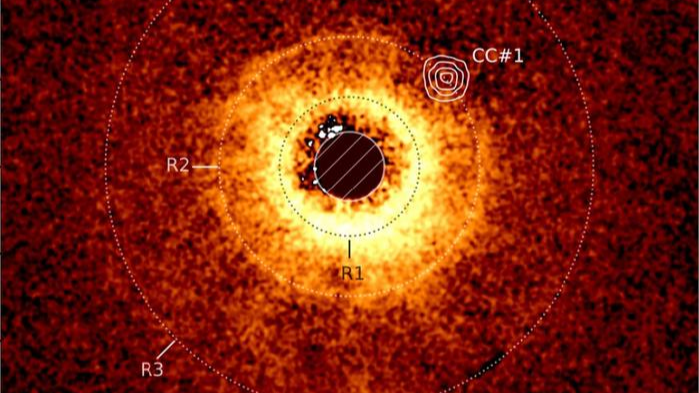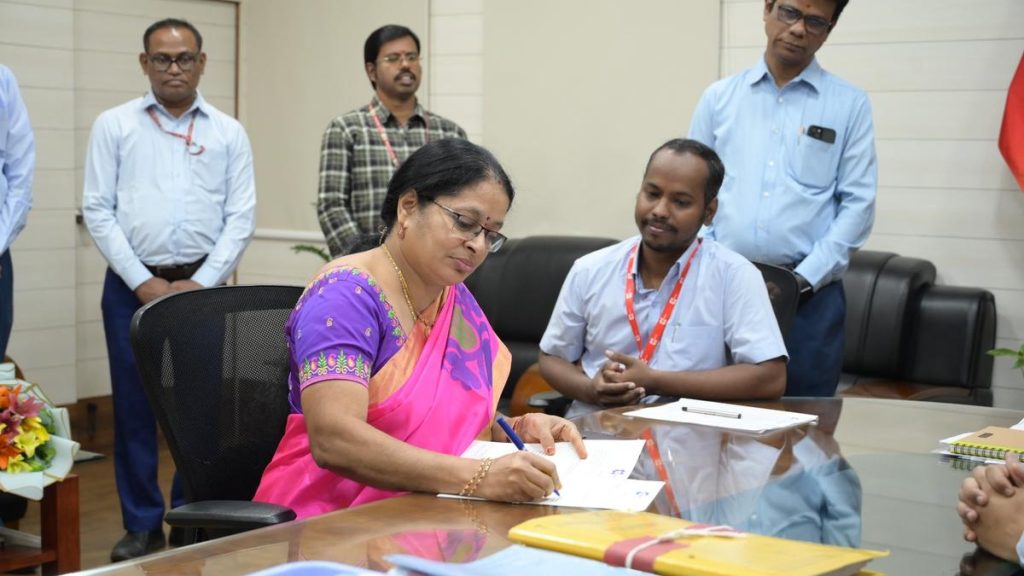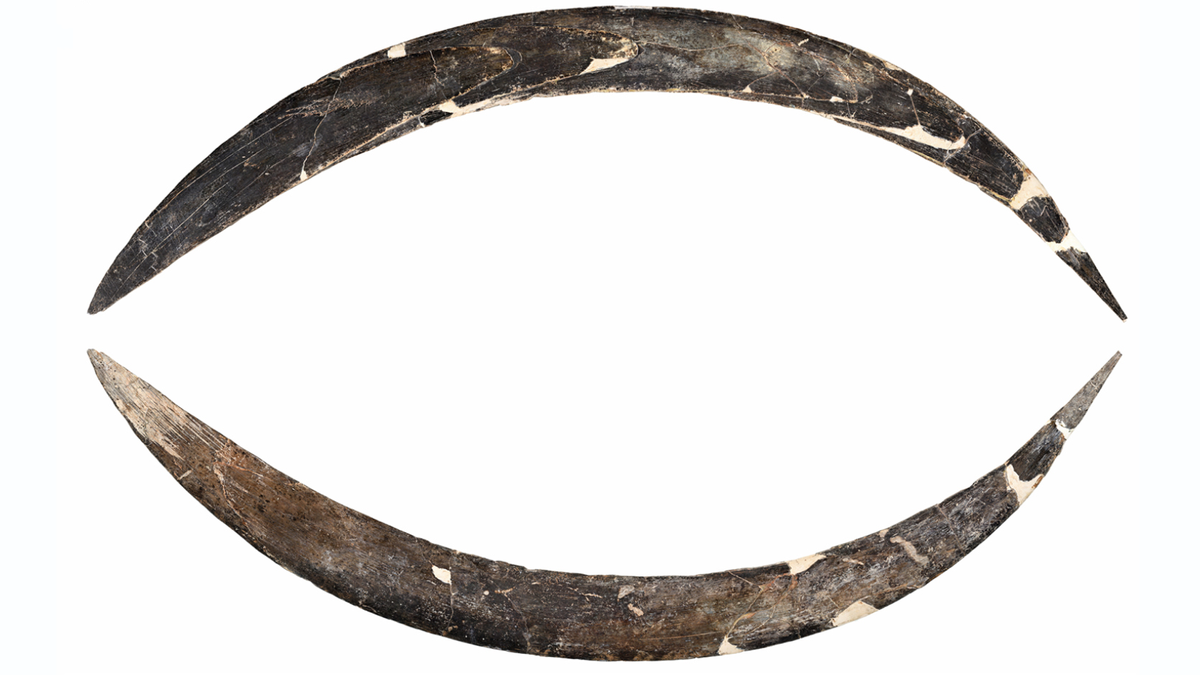Now Reading: James Webb Telescope Unveils Saturn-Sized Planet Glowing from Formation
-
01
James Webb Telescope Unveils Saturn-Sized Planet Glowing from Formation
James Webb Telescope Unveils Saturn-Sized Planet Glowing from Formation

Swift Summary
- The James Webb Space Telescope (JWST) captured its first direct image of a planet in a remote solar system, named TWA 7b.
- TWA 7b is a gas giant, comparable in size to Saturn, and is glowing hot from its recent formation.
- This discovery provides the first observation of “shepherd” planets that clear gaps within planetary rings, previously theorized but not directly observed.
- The findings were published on June 25 in Nature journal by lead author Anne-Marie Lagrange and her team at CNRS in Paris.
- TWA 7b is notably lightweight-approximately ten times lighter than the lightest previously imaged exoplanet-owing to the JWST’s sensitivity in detecting thermal radiation.
- The JWST uses advanced coronagraph technology via its Mid-Infrared Instrument (MIRI), wich blocks out starlight to enhance detection abilities around young stars with visible planetary disks.
- Located approximately 110 light-years away, TWA 7’s star system contains three concentric rocky debris rings. Within these rings lies the newly imaged planet orbiting at a distance roughly 52 times greater than Earth’s distance from the Sun.
Indian opinion Analysis
The groundbreaking observation of shepherd planets by JWST expands humanity’s understanding of planetary formation processes. For India-a nation advancing space research through missions like Chandrayaan and Aditya-L1-this highlights how international collaborations and technologies such as JWST substantially contribute to global scientific progress.
Given India’s growing aspirations for interplanetary study and its efforts with satellite telemetry systems, benchmarks like this provide valuable insights into leveraging targeted instruments for deeper astronomical studies. Encouraging partnerships between indian agencies like ISRO and global entities may further accelerate India’s contributions toward unraveling cosmic phenomena like exoplanets.
Furthermore, discoveries affirm India’s focus on young talent nurturing STEM areas since similar cutting-edge domains require skilled astronomers specialized in astrophysics instrumentation design. Prioritizing academic linkages coudl help align domestic research capabilities under ongoing international frameworks.

























